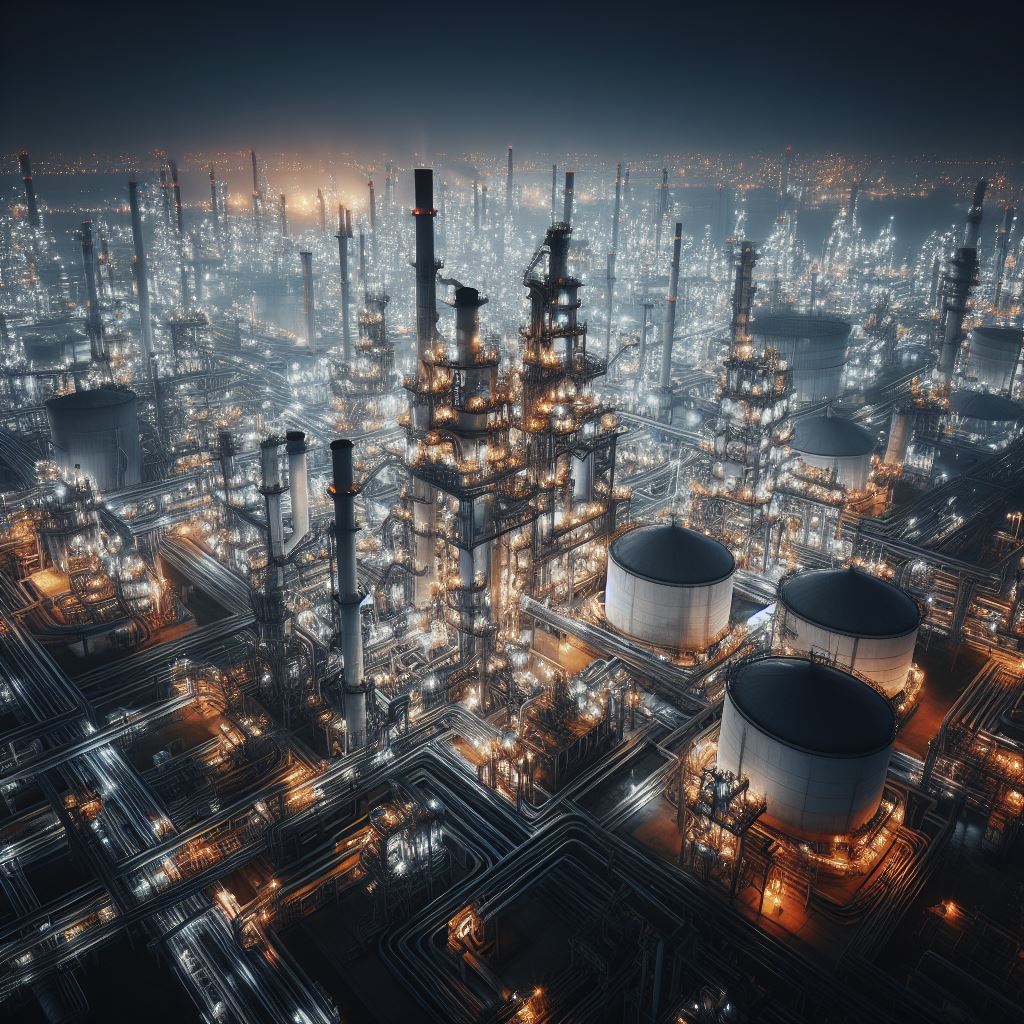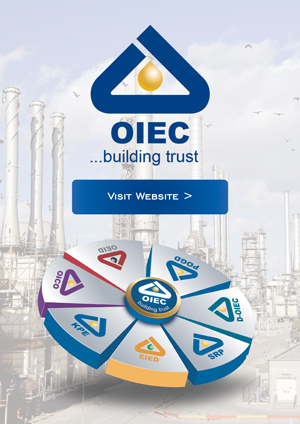The Middle East is one of the most important regions in the world for the oil and gas industry. It accounts for 31% of global oil production, 18% of gas production, 48% of proved oil reserves and 40% of proved gas reserves⁴. The region has a long history of oil and gas exploration and development, dating back to the early 20th century. The Middle East is home to some of the world’s largest oil and gas producers, such as Saudi Arabia, Iran, Iraq, the United Arab Emirates, Kuwait and Qatar. These countries have significant influence on the global energy market and geopolitics. The oil and gas industry in the Middle East can be divided into three main sectors: upstream, midstream and downstream. The upstream sector involves the exploration and production of oil and gas, both onshore and offshore. The midstream sector involves the transportation and storage of oil and gas, such as pipelines, tankers and terminals. The downstream sector involves the refining and marketing of oil and gas products, such as gasoline, diesel, jet fuel, petrochemicals and plastics. The upstream sector in the Middle East is characterized by large-scale and complex projects, often involving multiple partners and stakeholders. The region has some of the world’s largest oil and gas fields, such as Ghawar in Saudi Arabia, South Pars in Iran, Rumaila in Iraq, Zakum in the UAE and Burgan in Kuwait. These fields require advanced technology and expertise to maintain and enhance production. The region also has potential for new discoveries, especially in the offshore and unconventional resources. According to a forecast, there are 598 oil and gas projects planned to commence operations in the Middle East between 2022 and 2026, of which over 51 percent are petrochemicals projects⁶. The midstream sector in the Middle East is vital for the export and import of oil and gas, both within the region and to the rest of the world. The region has a well-developed network of pipelines, such as the Trans-Arabian Pipeline (TAPLINE), the Iraq-Turkey Pipeline (ITP), the Iran-Pakistan-India Pipeline (IPI) and the Dolphin Gas Project. The region also has some of the world’s largest oil and gas terminals, such as Ras Tanura in Saudi Arabia, Kharg Island in Iran, Basra in Iraq, Fujairah in the UAE and Ras Laffan in Qatar. The region is a major player in the global oil and gas trade, with 34% of global oil exports and 26% of global LNG exports in 2020⁴. Qatar is the world’s largest LNG exporter, with a 22% share of global exports in 2020, matched by Australia⁴. The downstream sector in the Middle East is focused on the domestic and regional markets, as well as the export of refined and petrochemical products. The region has some of the world’s largest and most sophisticated refineries, such as Abqaiq in Saudi Arabia, Bandar Abbas in Iran, Al-Zour in Kuwait, Ruwais in the UAE and Ras Tanura in Saudi Arabia. The region also has a growing petrochemical industry, with several mega-projects under construction or planned, such as the Sadara Chemical Complex in Saudi Arabia, the Persian Gulf Star Refinery in Iran, the Al-Zour Petrochemical Complex in Kuwait, the Borouge 4 Project in the UAE and the Ras Laffan Petrochemical Complex in Qatar. The region aims to diversify its economy and add value to its oil and gas resources by developing downstream industries. The oil and gas industry in the Middle East has a significant impact on the economic and social development of the region. The industry provides a major source of income, employment, investment and trade for the region. The industry also faces various challenges and opportunities, such as the fluctuation of oil and gas prices, the compliance with the OPEC quotas, the impact of the US sanctions, the competition from other regions, the transition to low-carbon energy sources, the digitalization and innovation of the industry, and the security and stability of the region. The oil and gas industry in the Middle East is expected to continue to play a key role in the global energy market and geopolitics in the foreseeable future.

Overview of the Oil and Gas Industry in the Middle East
- November 20, 2023
- 8:47 am
- No Comments
Share This post :
Facebook
Twitter
LinkedIn
Telegram
WhatsApp





